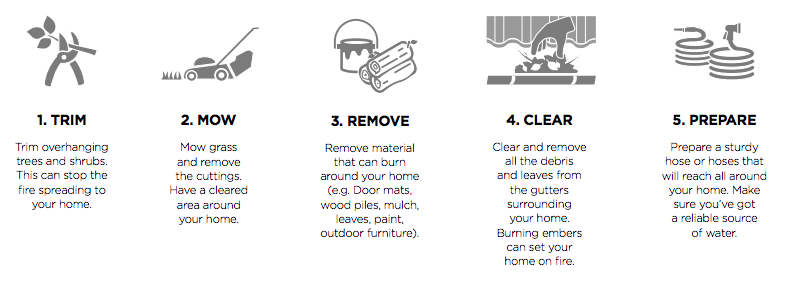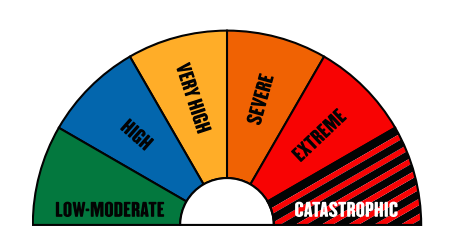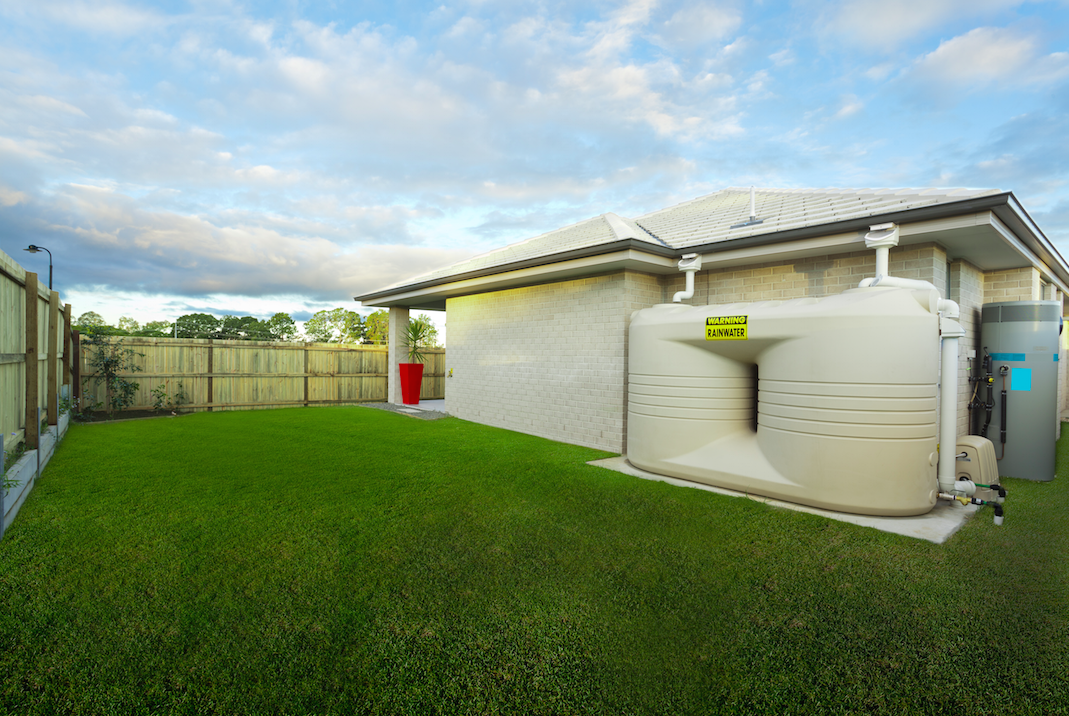With bushfires continuing to ravage the country amid the worst conditions on record, authorities are urging all Australians to be extra vigilant throughout this particularly unforgiving and prolonged bushfire season.
But in such devastating conditions, what does it mean to be prepared – and what can actually be done to protect your home and family?
In short, the answer is a lot. Decades of Australian research into fire safety awareness has identified how homeowners can put up their best defence to protect their property and health.
We’ve included the best tips here, so that you can be as prepared as possible in case of an emergency.
1. Prepare a bushfire survival plan.
*This can be done in 20 minutes through the RFS Fire Plan resource here.
Whether you’re a homeowner with a family or renting with friends, create a bushfire survival plan and make sure everyone is familiar with it. It’s vital to consider what to do in unexpected events such as being home alone, if you aren’t home, or if electricity or phone lines are down. Also check in with neighbours – they may be your only source of immediate help in an emergency.
2. Make protective modifications to your property.
Seal all doors and windows to minimise gaps for fire embers to enter, and enclose areas underneath your home as best as you can. Non-combustible metal fly screens will be your strongest defence against flames, so install these on all windows, air vents and other openings.
3. Maintain a fire protection zone around your home by keeping your garden in check.
Longer grass, loose leaves and branches will only add further fuel to a fire, so regularly clear these right around your property.

Other ways to protect your home include:
- Clearing debris as regularly as possible
- Adding metal guards to gutters
- Removing garden beds around the property (especially timber ones)
- Using stones instead of mulch in gardens
- Replacing wooden fences with non-combustible metal ones
- Turning pressure relief valves on outside gas bottles away from the property
- For rural properties, storing petrol, diesel and gas away from the home
- Checking that water tanks are connected to pumps for an emergency.
4. Get a professional roof inspection.
A professional roof inspection will determine if all tiles are in place, any that are damaged and need repairing, and any other areas that may have gaps and require sealing such as skylights and air vents, in order to prevent embers and smoke from entering your home.
5. Check your fire safety equipment.
Starting with smoke alarms! Make sure they are working by testing them frequently, and consider upgrading older ones. For more information on smoke alarms, see our earlier blog post: Is your home safe this dry season.
6. Know your home and contents insurance.
Most insurance policies will offer cover for bushfire, but it’s vital to check that yours includes this, as well as the sum of what you’re insured for. Contact your insurer to confirm that nothing has changed in light of recent events, and ask about potential waiting periods, emergency accommodation alternatives and any other precautions to be aware of.
7. Get acquainted with bushfire alert levels.
Know what to do at each level through the Fires Near Me NSW app, which will alert of potential danger and update you with the latest conditions. If in doubt, head to www.rfs.nsw.gov.au.


8. Keep safe from bushfire smoke.
NSW Health has issued various warnings about the risk of excessive exposure to bushfire smoke, with emphasis on staying indoors. On days where air quality is below moderate or at a hazardous level (the AirVisual app is a good one to check), make sure that all doors and windows are closed and seal gaps with wet towels.
If using an air conditioner, make sure it is on recirculate mode. For asthmatics or those with allergies, it is worth considering getting an air purifier with a high efficiency particle air (HEPA) filter to reduce smoke particles indoors (note – humidifiers do not do this). Below we’ve included further resources to protect you and your home from bushfire smoke.
NSW Health – Protect yourself from bushfire smoke
Air Visual – a free app to accurately track air pollution around you
Reviews.org – the best air purifiers for filtering out bushfire smoke

